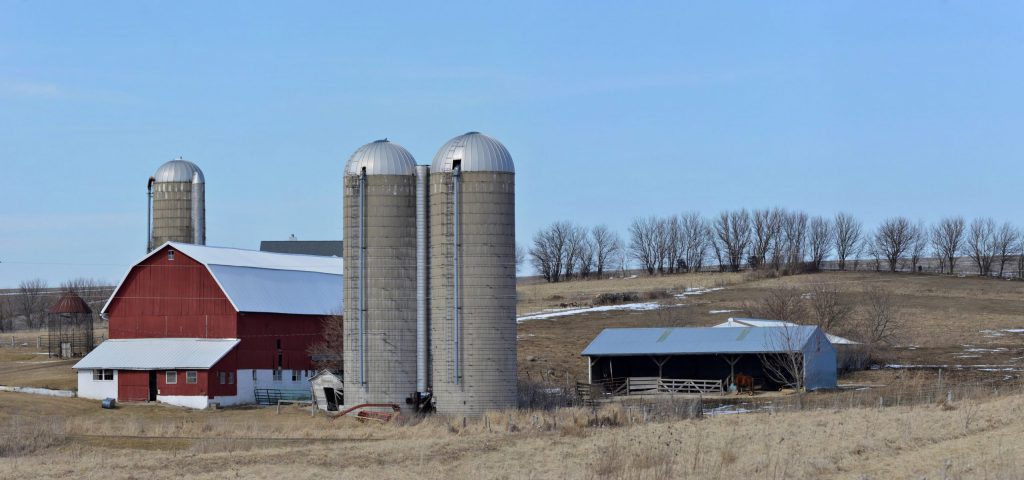President Biden’s Build Back Better Act will provide a lifeline for farming communities in Wisconsin and across the country by making a historic $28 billion investment to support farmers and producers. The bill paves the way for more Wisconsin farms to be part of the climate solution, directing funding into conservation, energy, and training programs that support good jobs, strong communities, and responsible land stewardship.
Build Back Better includes a major boost in funding for popular conservation programs that have historically been overenrolled like the Environmental Quality Incentive Program and Conservation Stewardship Program. There is also more money for Soil Conservation Assistance for farmers to plant cover crops, and funding for research focused on farmers and climate, like the Sustainable Agriculture Research and Education grant program, which seeks to improve farmer profits, quality of life, and impacts on the environment.
“The ‘climate-smart’ provisions in Build Back Better are actually just plain smart. This funding allows farmers to plant more cover crops and maintain conservation lands which improve soil health, water quality, biodiversity, and farm economics – all while fighting climate change,” says Clean Wisconsin Climate Solutions Director Chelsea Chandler, who is also an organic farmer in Wisconsin’s Driftless area. “These practices will help farmers cope with the floods and extreme weather climate change is causing today while reducing the greenhouse gas emissions from agriculture that, if unchecked, will make climate change even worse in the future.”
Shawano County farmer Rick Adamski grew up on his family farm near Seymour. He says dramatic weather brought on by climate change is already taking a toll on farming communities in Wisconsin, and the agriculture programs supported by Build Back Better will help farmers handle floods and droughts while improving overall biodiversity and soil health on farms.
“We’ve definitely seen a change in the climate, even in the 40 years that I’ve been farming. We have seen more extreme weather events, high rainfall events. The conservation efforts in Build Back Better are critical for making farmers a part of the solution rather than just dealing with mitigation of the problem. We need both,” he says.
Adamski also points to healthcare and childcare provisions in Build Back Better as essential investments to ensure Wisconsin’s small farms can survive.
“The expansion of the Child Tax Credit, the expansion of the Affordable Care Act. Those two parts of Build Back Better are essential for supporting family farm agriculture so that working parents don’t have to compromise between providing care for their children or being able to put food on the table,” he says. “Farmers are very private people, and we’re not always open about the difficulties that we’re struggling with. People are not open about saying that they have no healthcare coverage, but that is a prevailing trend, that healthcare coverage is missing and lacking.”
The Build Back Better Act is currently making its way through Congress. The agriculture provisions of Build Back Better include:
- $5 billion for Soil Conservation Assistance
- $3.75 billion for the Conservation Stewardship Program (CSP)
- $9 billion for the Environmental Quality Incentive Program (EQIP)
- $1.25 billion for the Agricultural Conservation Easement Program
- $7.15 billion for the Regional Conservation Partnership Program
- $120 million for Sustainable Agriculture Research and Education (SARE) grant program

